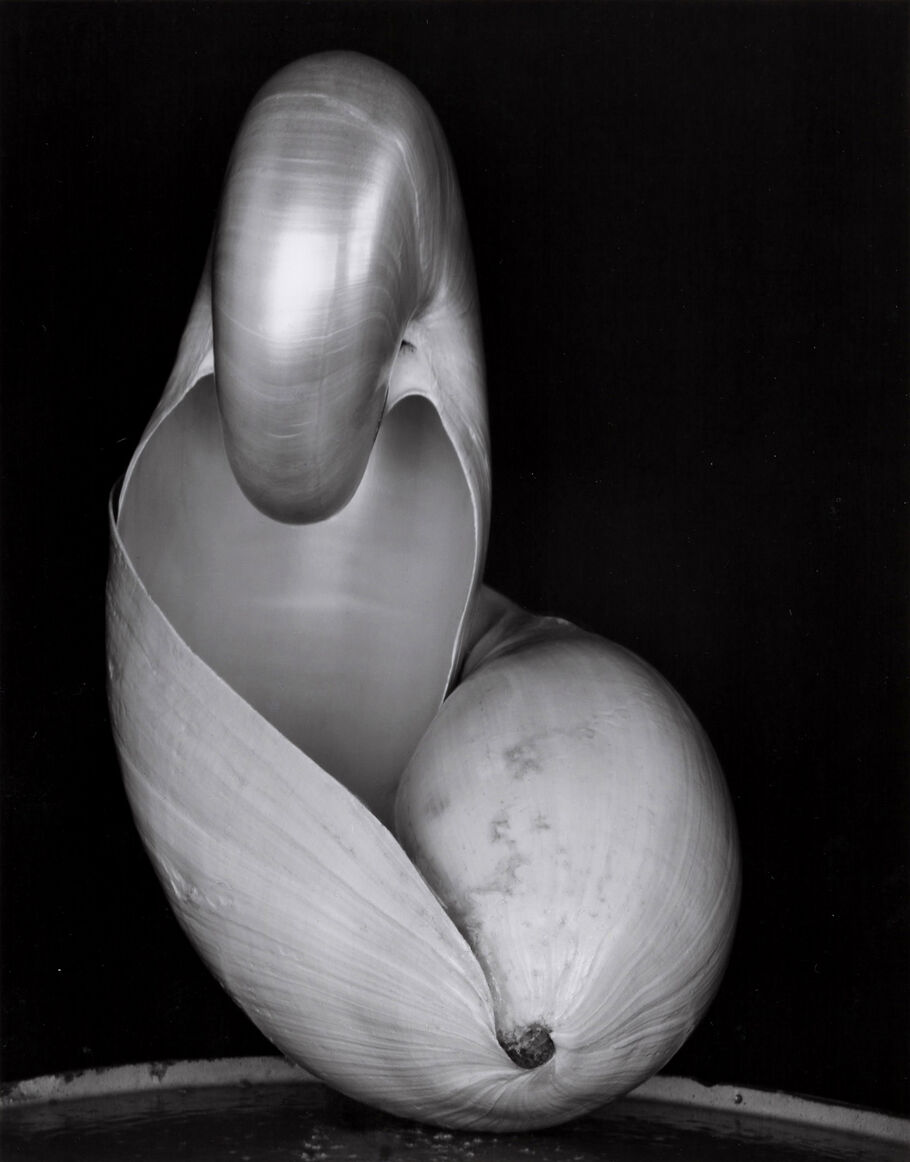Introduction to Portraiture
Understanding Portraits in Photography
Portraits are a fundamental genre in photography, capturing the essence, personality, and character of a subject. This genre has evolved significantly over time, incorporating various styles and techniques to convey the depth and complexity of human subjects.
What Makes a Photograph a Portrait?
A portrait is defined by its focus on capturing the identity, personality, and emotions of the subject. It often involves using flattering backgrounds, lighting and poses to enhance the subject’s appearance and convey their character. For example, Annie Leibovitz is renowned for her iconic portraits that not only capture the essence of her subjects but also integrate creative elements into the composition, such as in her famous photograph of John Lennon and Yoko Ono.
Are Selfies Portraits?
While selfies can be considered a form of self-portraiture, they differ from traditional portraits in their intent and execution. Selfies are often spontaneous and self-promotional, whereas portraits are typically more intentional and artistic. Deana Lawson emphasizes that a self-portrait should consider the “interiority” of the artist, making it more than just a snapshot.
What Should or Shouldn’t Be Included in a Portrait?
Portraits can include a variety of elements to enhance the subject’s character, such as background, lighting, and props. However, the focus should always remain on the subject. Including too many distracting elements can detract from the portrait’s effectiveness. For instance, Steve McCurry’s portraits often use natural settings to emphasize the subject’s authenticity, as seen in his iconic “Afghan Girl” photograph.
What Makes a Good Portrait?
A good portrait typically includes several key elements: location, lighting, composition, emotion, and technical settings. These elements work together to draw attention to the subject and evoke a response from the viewer. Sally Mann’s portraits, such as those in her “Immediate Family” series, are celebrated for their emotional depth and intimacy.
Can a Portrait Consist of a Small Detail Only?
Yes, a portrait can focus on a small detail, such as a close-up of a hand, if it conveys something meaningful about the subject. This approach can highlight specific characteristics or emotions, making the portrait more intimate and revealing. For example, a close-up of a hand might reveal scars, age, or occupation, telling a story about the person without showing their face.
When Does a Representation Cease to Be a Portrait?
A representation ceases to be a portrait when it no longer captures the essence or character of the subject. Abstracted representations, such as blurred figures or torn photographs, can still be portraits if they convey something meaningful about the subject. However, if the subject becomes unrecognizable or the image lacks emotional resonance, it may no longer qualify as a portrait.
Representing a Person Without Their Presence
It is possible to represent a person photographically without their physical presence, such as through a still life arrangement of objects that hold personal significance. This can be considered a form of portrait if it effectively conveys the subject’s personality or essence. For instance, a photograph of a person’s workspace or personal belongings can reveal a lot about their character and interests.
Can a Portrait Be a Sequence of Images?
Yes, a portrait can be a sequence of images. This approach allows for a more dynamic and nuanced representation of the subject, capturing different facets of their personality or emotions over time. Sequences can also tell a story about the subject’s life or experiences, making the portrait more engaging and comprehensive.
 Comments(0)
Comments(0)











 However, rather of capturing recognizable subjects, Uta Barth’s images concentrate on seeing itself. Her work is more in line with abstraction than either pictorialism or straight photography because of the way light and shadow interact in her photographs, which frequently warp traditional senses. Barth wants the audience to focus on their own sensory experiences rather than the topic.
However, rather of capturing recognizable subjects, Uta Barth’s images concentrate on seeing itself. Her work is more in line with abstraction than either pictorialism or straight photography because of the way light and shadow interact in her photographs, which frequently warp traditional senses. Barth wants the audience to focus on their own sensory experiences rather than the topic.